|
The information below is for information only
our store is closed
and we are no longer selling parts.
Maintenance Requirements
Provided by Climate Control Systems
Providing Replacement parts since 1990
www.hearthtools.com
ROUTINE MAINTENANCE
Go
here for some photos of a Un-Happy Pellet insert
Take care of your stove and it will take care of you.
Most of parts we sell locally and on the internet are to people that do not
maintain their Pellet stoves. Motors will wear down if they are not Routinely
cleaned.
The best tool to use for cleaning your stove is a Potato Brush
that you can purchase at any supper market.
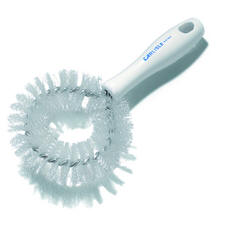
ASH REMOVAL
We recommend you do this every 7-10 bags of
pellets.
Routine removal of ash is required to keep the stove in good
working condition. The amount of ash build up in the stove is directly
proportional to ash content of the fuel being used. Typically, Premium Grade
pellets range in ash content from .25% - 1%. A 1% ash pellet will require
removal of the ash four times as often as the best .25% ash pellet. Higher ash
pellet show more tendencies to clinker.
Areas within the stove that require attention routinely are:
1. UltraGrate™ - Although the UltraGrate™ is designed to reduce
the build up of clinkers, cleaning of the grate may be necessary when burning
higher ash content pellets.
2. HEAT EXCHANGER TUBES – A rod located above the combustion
chamber door is used for cleaning the tubes. Pull the rod in and out a few
times. If the stove is in operation or just shut down, this rod will be
HOT.
A build up of ash on the tubes will lower the heat transfer
efficiency of the stove.
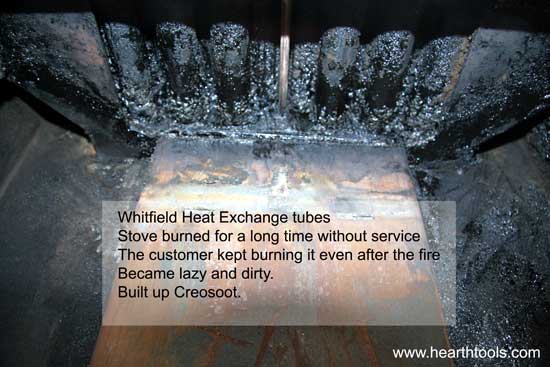
3. ASH PAN – The ash pan, located behind the lower trim piece,
will have to be emptied whenever necessary. If allowed to pile, ash will
restrict in-take air flow to the UltraGrate™ and cause poor burn
characteristics.
4. ASH TRAP BAFFLES – Access to the ash trap baffles
We recommend you do this every 50 bags of pellets.
See photos
photo of adavatage IIT baffle cleaning
(behind the two side firebricks) is obtained by removing the
UltraGrate™ or (Burn pot on older stove) and then loosening the screws that
hold the Brick Retention Plates in place and lifting the clips away from the
stove. After the clips have been removed, remove the side bricks first, then the
center brick from the stove.
Excessive ash build up in the baffle area will restrict exhaust
passages and cause less combustion air to enter the firebox causing a “dirty
burn”.
On OLDER Pre 2000 Advantage stoves
the Baffle is closed in with only a rectangle hole at the t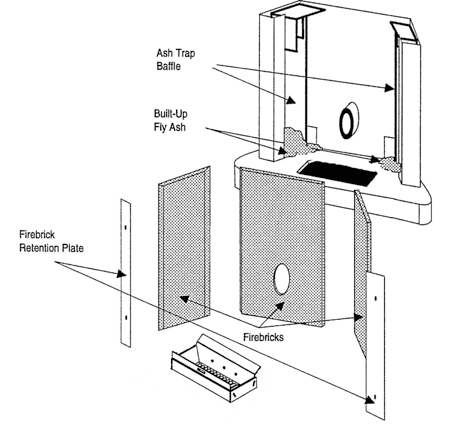 op
It will not be the open style like photo to right. op
It will not be the open style like photo to right.
You will need to remove the Ash trap Baffle, Remove the two
screws, One on top and one on bottom. pull out baffle and you will find more
ash.
ANNUAL MAINTENANCE
We recommend you do this every 75-100 bags of
pellets. (or once a year)
The following should be inspected annually and monitored during
routine maintenance:
1. DOOR GASKET – Close the door on a 1” strip of paper, there
should be slight friction when pulled. Repeat this procedure around various
sections of the firebox door. Repair or replace any poor seal areas as necessary
2. AIR WASH GAP – Check the air wash gap located at the top of
each section of glass. Carpet fibers and/or dust will block proper air flow and
cause “streaks” of ash deposit on the inside of the glass. This area should be
open approximately .075 -.090 inches.
3.
EXHAUST PIPE – Fly ash will collect in horizontal pipe sections reducing exhaust
air flow. The cleanout tee is designed to allow removal without completely
disassembling the vent pipe and should be used on all vertical vent systems.
Because most caps for pellet stove do not have a
screen we find Small birds and or bats in the flue often. Our record for one
stove is 17 birds. So it is a good idea to clean the pipe, cap and check the
combustion blower Just before every season start no mater how many tons you burn
in one year. If you burn more than 2 tons a year clean the pipe or T clean out
every 2 tons.
RULE OF THUMB: When going horizontal to vertical with vent pipe,
a Cleanout Tee is highly recommended.
4. MOTOR HOUSINGS – The blower motors (Combustion and Room Air),
have breather ports on their motors. This allows cooling air to be drawn to the
motor. Dust collects easily at these points. Remove any build up found here.
In Most cased our service Techs remove BOTH blowers
and clean with brush and/or air compressor to remove all house dust and fly ash
from the blower wheel and motors.

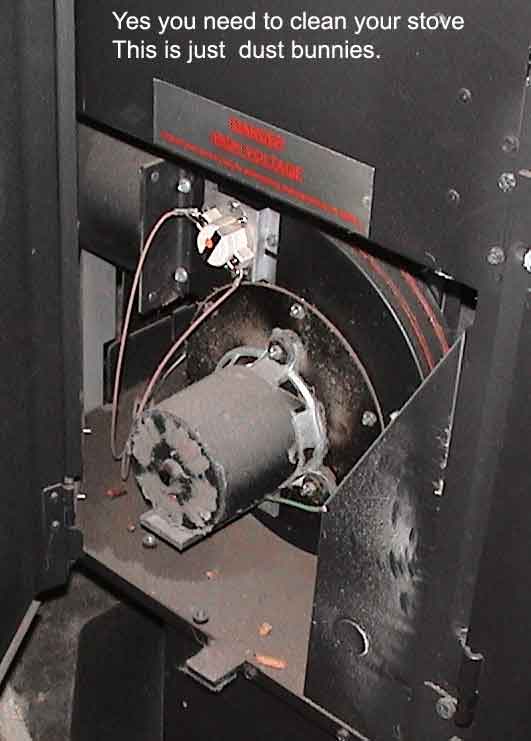
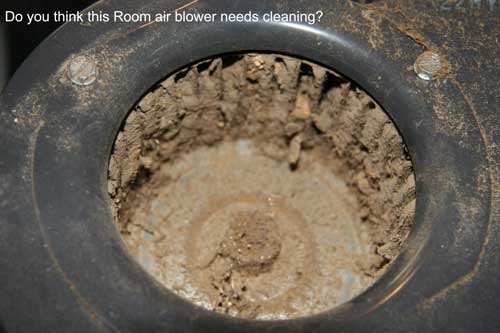
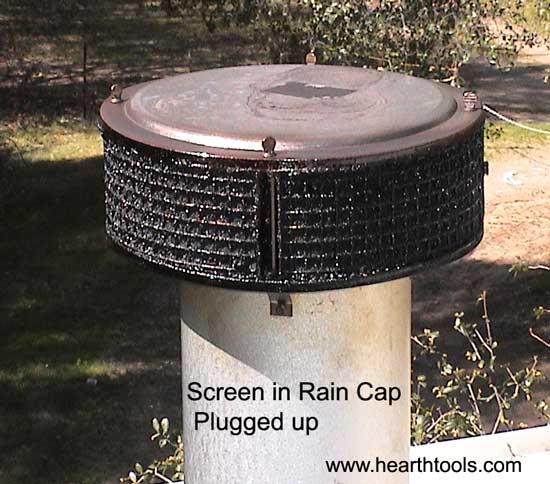
Wire diagrams
(large 3mg file has hand written notes)
Includes Pressure reading and auger times for most Whitfield stoves.
vacuum set up we use Standard Metal shop vac with Paper pleated
filter and a Dacron Primary filter to stop the ash from Plugging up the paper
filter.
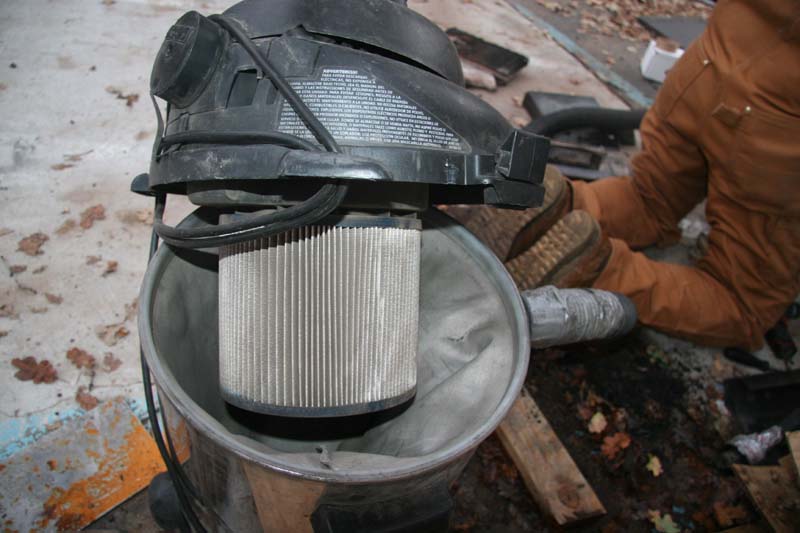
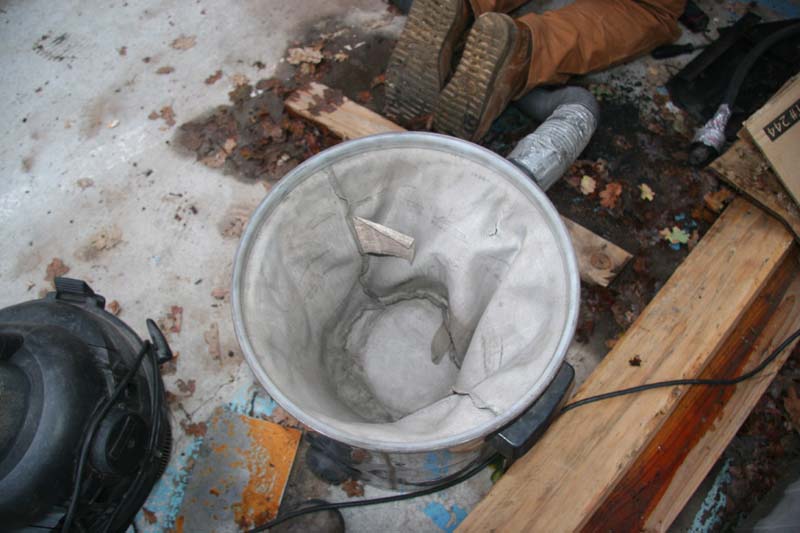
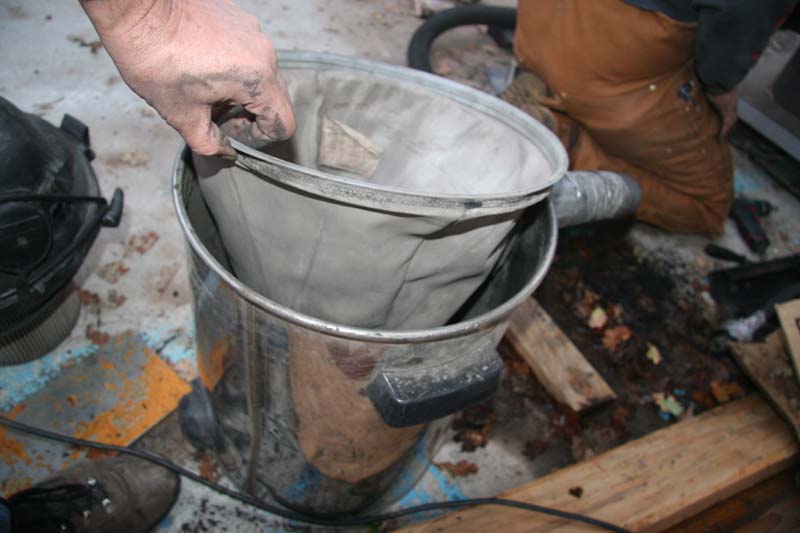
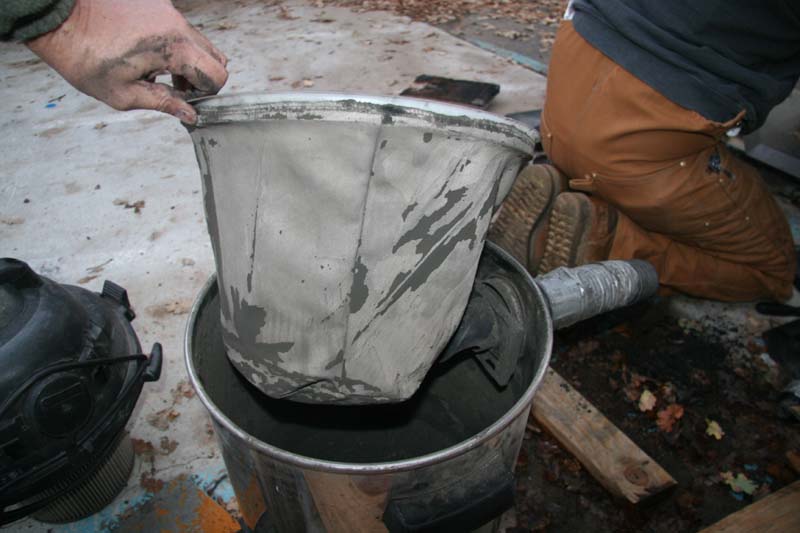
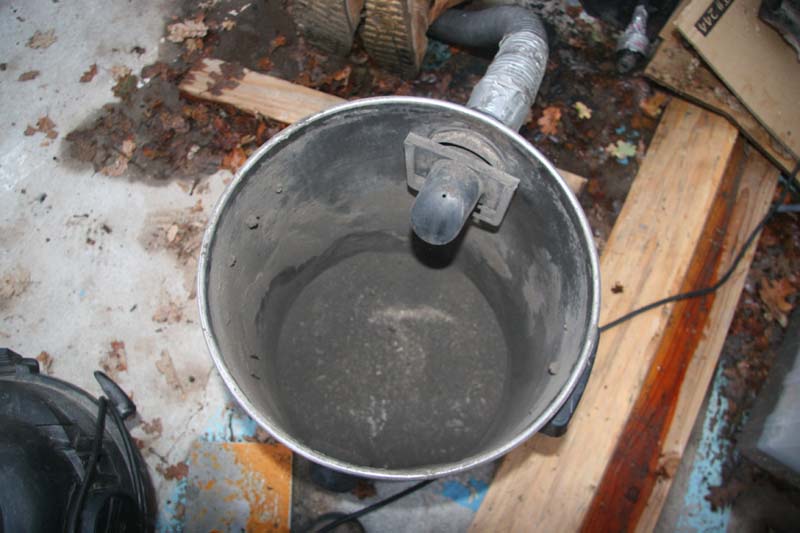
| 
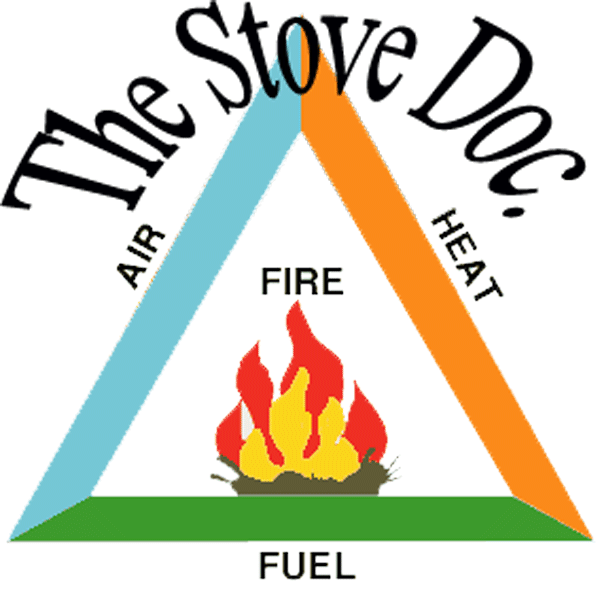
 Parts Sales
Parts Sales

 op
It will not be the open style like photo to right.
op
It will not be the open style like photo to right.







